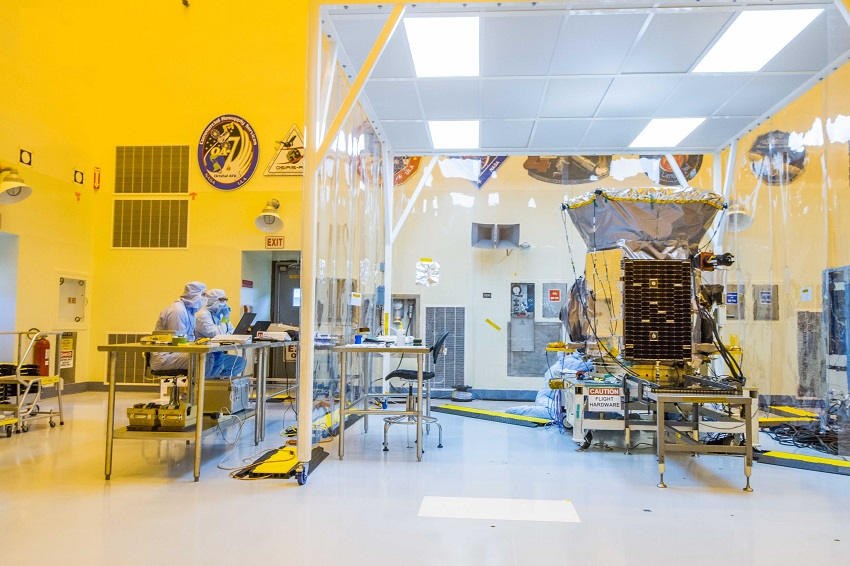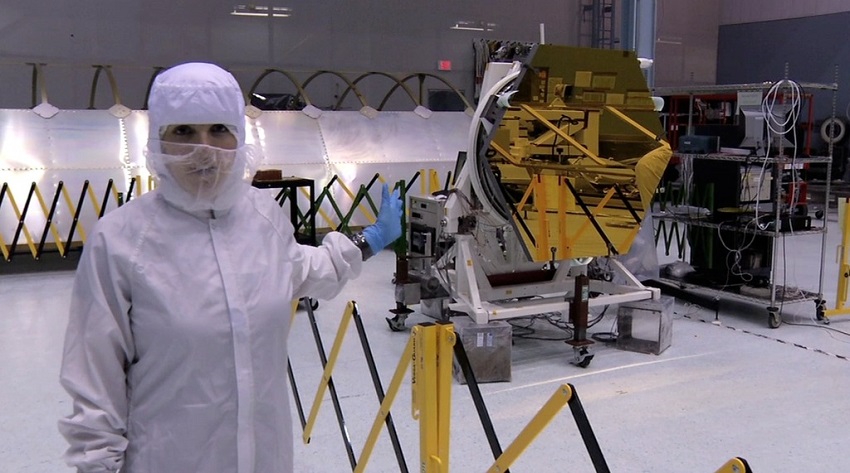Have you ever wondered how NASA ensures the cleanliness of its spacecraft and equipment? NASA’s clean rooms play a crucial role in maintaining the integrity and safety of space missions. In this article, we will explore fascinating facts about NASA clean room, their purpose, and the measures taken to maintain a pristine environment for space exploration. The content has collaborated with https://newark67.com/
NASA clean rooms are highly controlled environments designed to minimize the presence of particles, contaminants, and microbes that could interfere with the sensitive equipment used in space missions. These specialized facilities are essential for assembling, testing, and preparing spacecraft, satellites, and other mission-critical hardware.
The Significance of Clean Rooms
Clean rooms serve as the first defense against potential contamination in space missions. The conditions inside these rooms are meticulously maintained to prevent any foreign matter from compromising the functionality of the equipment. Even the tiniest particle can significantly impact the performance and reliability of sensitive instruments used in space exploration. You may also be interested in building a cleanroom.
Stringent Cleanliness Standards
NASA clean rooms adhere to stringent cleanliness standards to ensure the highest quality control. These standards are established based on extensive research and experience handling spacecraft and delicate scientific instruments. The protocols encompass various aspects, including air quality, particle count, temperature, humidity, and protective clothing for personnel.
Air Filtration and Ventilation Systems
Clean rooms employ advanced air filtration and ventilation systems to maintain an ultra-clean environment. The air is continuously filtered and circulated through high-efficiency particulate air (HEPA) filters, removing particles as small as 0.3 micrometers. These filters are designed to capture dust, pollen, bacteria, and other contaminants, ensuring the air within the clean room remains as pristine as possible.
Contamination Control Measures
Strict protocols are followed in NASA clean rooms to prevent contamination from external sources. Personnel entering the clean room must undergo thorough decontamination procedures, including wearing specialized cleanroom suits, gloves, shoe covers, and hairnets. These measures minimize the introduction of particles and microorganisms into the controlled environment.
Maintaining a Static-Free Environment
Static electricity can pose a significant risk to sensitive electronic components. To mitigate this risk, NASA clean rooms employ static-control measures. Conductive flooring, grounded equipment, and antistatic clothing are used to minimize the build-up and discharge of static charges. This precaution ensures the protection of delicate instruments from electrostatic damage.
Cleanliness Monitoring and Testing
NASA employs various monitoring and testing techniques to ensure the cleanliness of its clean rooms. Regular inspections, air sampling, and surface swabbing are conducted to assess the level of contamination. Additionally, particle counters and microbial monitors are utilized to detect and identify any potential sources of contamination, allowing for prompt corrective actions.
Beyond Clean Rooms: Planetary Protection
Clean rooms protect the integrity of the spacecraft and play a crucial role in planetary protection. Before embarking on a mission to other celestial bodies, such as Mars or the Moon, meticulous cleaning and sterilization procedures are implemented to prevent the contamination of these environments with Earth’s microbes. This precaution helps preserve the integrity of potential extraterrestrial life and scientific exploration.
Conclusion
NASA’s clean rooms are an essential component of space exploration, ensuring the reliability and success of missions by maintaining a contaminant-free environment. The rigorous cleanliness standards, air filtration systems, contamination control measures, and static-control protocols all contribute to protecting sensitive equipment and preventing potential microbial contamination in other celestial bodies.
FAQs (Frequently Asked Questions)
- Can anyone enter NASA’s clean rooms?
No, access to NASA’s clean rooms is strictly limited to authorized personnel who undergo specific training and adhere to stringent cleanliness protocols.
- How often are clean rooms inspected for cleanliness?
Clean rooms are regularly inspected for cleanliness, with monitoring and testing procedures conducted on a routine basis to ensure compliance with cleanliness standards.
- Are there any health risks associated with working in clean rooms?
While working in clean rooms, personnel must follow safety guidelines and wear appropriate protective clothing. The clean room environment itself is designed to minimize health risks and maintain a controlled atmosphere.
- How do clean rooms contribute to planetary protection?
Clean rooms help prevent the contamination of other celestial bodies by Earth’s microbes, preserving the integrity of potential extraterrestrial life and enabling scientific exploration.
- Can clean rooms eliminate all contaminants?
Clean rooms significantly reduce the presence of contaminants, but achieving complete elimination is practically impossible. However, stringent protocols minimize the risk of contamination to the greatest extent possible.


